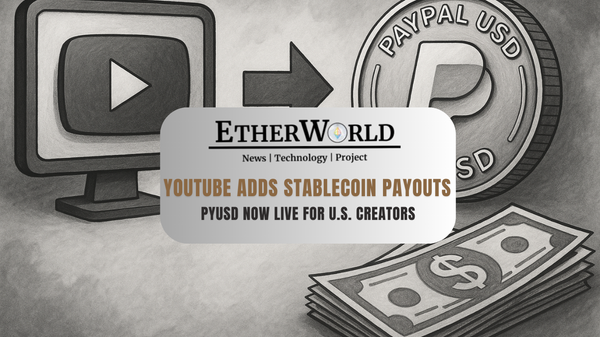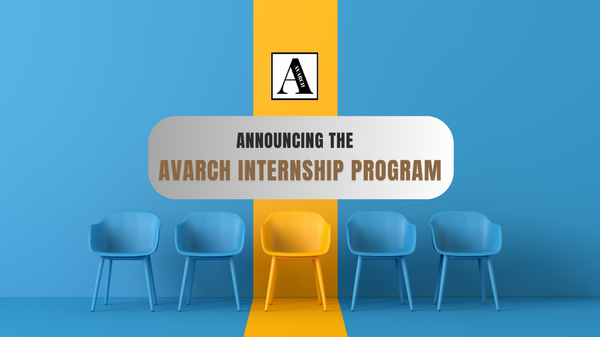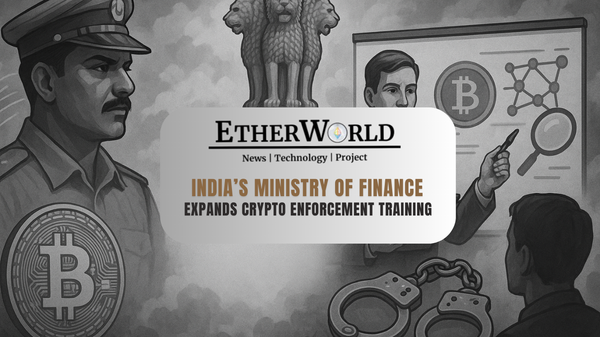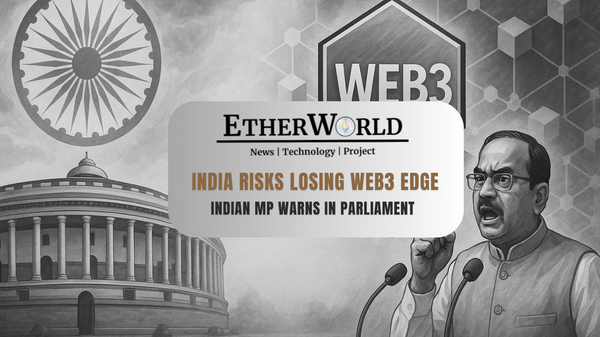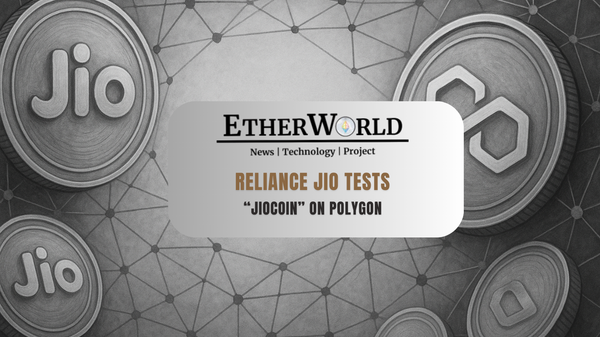Polygon Labs has officially launched the Rio upgrade, i.e., the network’s most significant payments focused overhaul yet. The Rio hardfork cements Polygon’s position as a global leader in Web3 payments, optimizing the network for fintechs, payment processors, and real world asset (RWA) settlements.
With its Validator Elected Block Producer model (VEBloP) and stateless validation, Rio makes Polygon faster, lighter, and more reliable than ever before, marking a major milestone in the network’s Gigagas roadmap toward 100,000 TPS.
- A Turning Point for Polygon’s Gigagas Roadmap
- The Validator Elected Block Producer (VEBloP)
- Lightweight Nodes with Stateless Validation
- Payments Ready Infrastructure for a Global Economy
- What Comes Next: From Rio to Gigagas
A Turning Point for Polygon’s Gigagas Roadmap
Rio represents a pivotal evolution in Polygon’s ongoing Gigagas roadmap, a long term vision to scale network capacity toward 100,000 transactions per second. With this release, Polygon PoS now achieves approximately 5,000 TPS, up from the ~1,000 TPS enabled by previous upgrades such as Bhilai and Heimdall.
By rearchitecting core components of block production and validation, Polygon has made the network more resilient and efficient. Validators, builders, and developers can now participate in a lighter and more accessible ecosystem, eliminating reorg risks and boosting finality speed.
This upgrade is not just a technical leap, it transforms Polygon into a real time financial settlement network for global payments, stablecoins, and RWAs.
The Validator Elected Block Producer (VEBloP)
At the center of the Rio upgrade is PIP 64, which introduces the Validator Elected Block Producer (VEBloP) model, a major architectural overhaul in how blocks are created and validated.
Instead of multiple validators competing to produce blocks each span, validators now elect one producer per span with backups ready to step in instantly if needed. This results in:
- ~5,000 transactions per second throughput
- One block finality, eliminating rollback risks
- Zero reorgs, ensuring that transactions remain immutable once confirmed
Under this model, block times shorten dramatically, and transaction confirmation becomes near instant. For payments networks, this means absolute reliability, removing delays and uncertainty for exchanges and P2P applications.
Complementing PIP 64, PIP 65 revises the economic framework to ensure all validators, including non producing ones, share rewards. This keeps the validator network aligned, decentralized, and incentivized without requiring high end hardware or energy intensive setups.
Lightweight Nodes with Stateless Validation
Polygon’s Rio upgrade also implements witness based stateless validation (PIP 72), a first for major blockchains on mainnet. With this model, nodes no longer need to store the entire blockchain state to verify transactions.
Instead, validators use cryptographic “witness” proofs to confirm block correctness, drastically reducing storage and computation needs. This means:
- Lower hardware costs and faster node setup
- Near instant node synchronization
- Reduced network propagation delay
Stateless validation democratizes network participation. Now, enterprises, startups, and institutions can deploy validators and participate in consensus with minimal infrastructure investment, expanding Polygon’s global reach and decentralization.
Payments Ready Infrastructure for a Global Economy
Rio turns Polygon PoS into a ready to deploy payments network that rivals traditional financial systems in speed, security, and reliability. Its design directly supports use cases like:
- Cross border stablecoin transfers
- Merchant payment settlements
- On chain remittances and RWAs
- Fintech integrations for instant settlements
Enterprises no longer need to choose between scalability and reliability. With Rio’s architecture, they can deploy high volume transaction systems on chain at a fraction of the traditional cost.
What Comes Next: From Rio to Gigagas
Rio sets the foundation for Polygon’s ultimate goal, the Gigagas milestone, delivering up to 100,000 TPS across its ecosystem.
The combination of PIP 64 (VEBloP architecture), PIP 65 (economic realignment), and PIP 72 (stateless validation) forms the backbone of Polygon’s next phase of scalability. This infrastructure enables seamless integration with Agglayer, Polygon’s interoperability layer connecting zkEVM, PoS, and CDK chains into a unified web.
As Polygon continues optimizing its block production and throughput, the network is now positioned as the premier blockchain for global payments and real world asset tokenization.
With Rio live on mainnet, Polygon isn’t promising a future of fast, final payments, it’s delivering it, today.
If you find any issues in this blog or notice any missing information, please feel free to reach out at yash@etherworld.co for clarifications or updates.
Disclaimer: The information contained in this website is for general informational purposes only. The content provided on this website, including articles, blog posts, opinions, & analysis related to blockchain technology & cryptocurrencies, is not intended as financial or investment advice. The website & its content should not be relied upon for making financial decisions. Read full disclaimer & privacy policy.
For Press Releases, project updates & guest posts publishing with us, email contact@etherworld.co.
Subscribe to EtherWorld YouTube channel for ELI5 content.
Share if you like the content. Donate at avarch.eth.
You've something to share with the blockchain community, join us on Discord!



